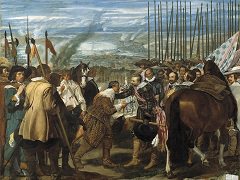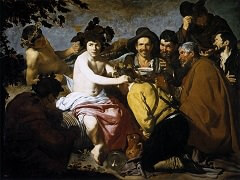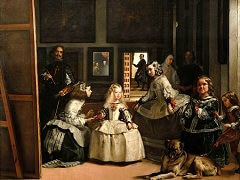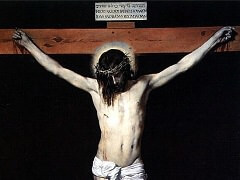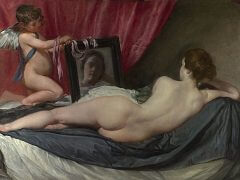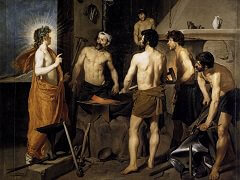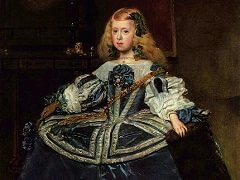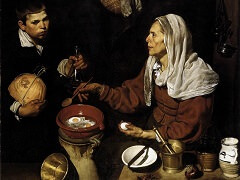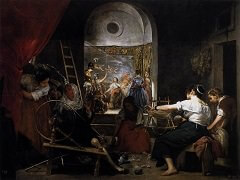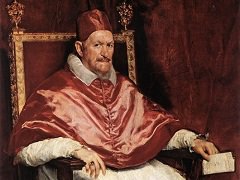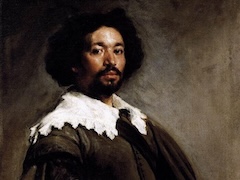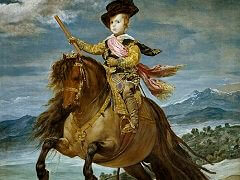Prince Baltasar Carlos in Hunting Dress, 1635 by Diego Velázquez
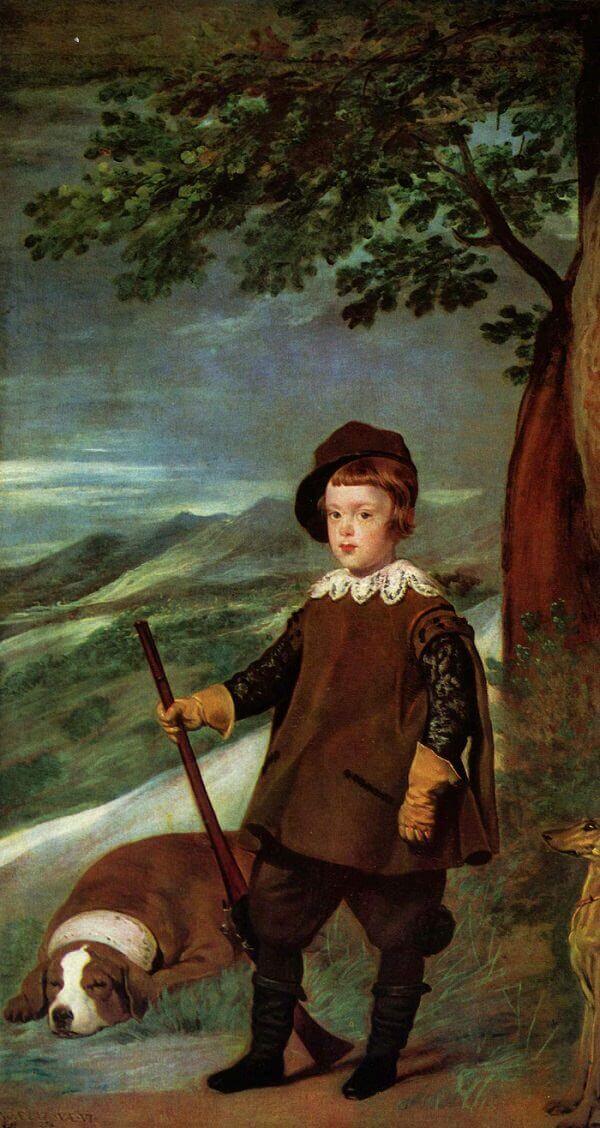
A large number of Velázquez' paintings form part of cycles, some of considerable size. Leaving the Salon de los Reynos and the Palace of Buen Retiro for the Parada Tower at Pardo, the hunting residence near Madrid, one could visit a room entirely decorated with portraits of the court clowns, which are impressive not only for their atrocious realism, but also for the human warmth, the almost physical nearness, those monsters suggest. In the Salon de las Cacerias, also at Pardo, a series of portraits of princes in hunting-dress was collected - among them the little prince Baltasar Carlos.
The princes' portraits distributed disorganically over the royal residences, however, constituted actual cycles, too: especially those portraying Philip IV, in which one can follow, year by year, his gradual aging and, more significantly, the changes in his state of mind - tending more and more towards sadness and apathy. Every portrait of Velázquez must therefore be considered both within the frame of its surroundings and in its chronological context. If we compare the portrait of Philip IV in hunting-dress with his son's, we notice immediately how anxious Velázquez was to respect the respective human proportions. The prince occupies only a part of the length of the picture; he seems to be limited in his sphere of action by the tree on the right; he is psychologically absorbed, so to speak, by the magnificent landscape around him, with its sad twilight, which hints more at a threatening sunset than a dawn. The big faithful hound, too, serves to emphasize the frailty of the boy. The latter's face is almost identical with the portrait on horseback: but the setting is so different that the character emerges as different. Now the child is serious and composed, holding correctly, though with a certain pride, the toy gun given him by the viceroy of Navarra; but in his eyes and on his lips he does not hide a half-smile he is on the point of breaking into. The colloquy between painter and model is so spontaneous and graceful that we are led to the threshold of the rococo.

